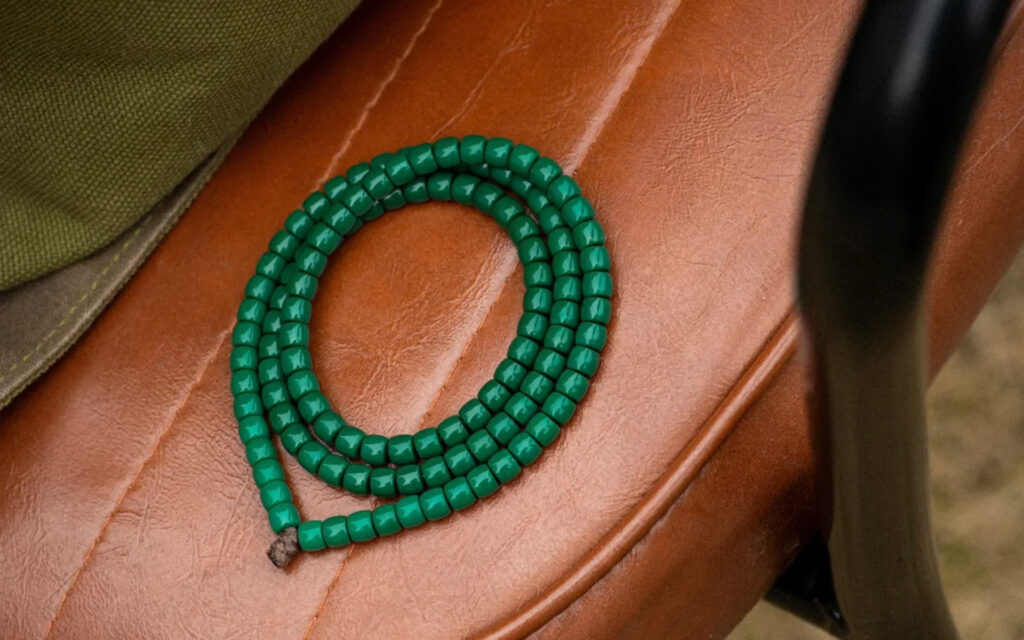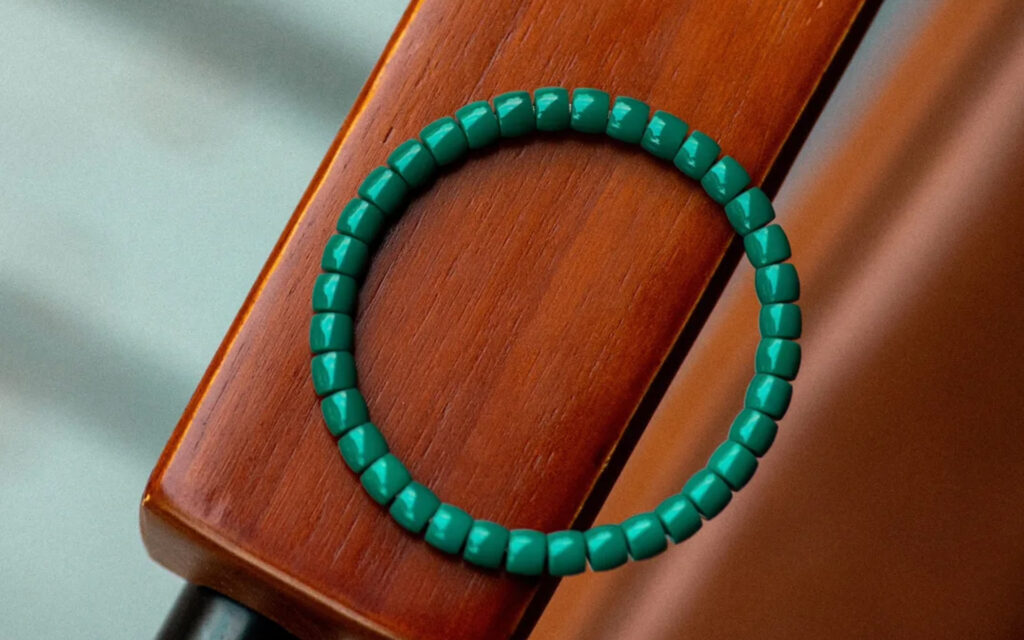Beaded strands have always been the hottest items in turquoise collectibles. Whether it was the era of swirl-pattern beads, cloud-pattern beads, or dragon-pattern beads, when the hype eventually subsides, you’ll find that plain turquoise bead strands are the most timeless classics. Take the recently popular straight-cut turquoise bracelets, for example.

Compared to traditional turquoise shapes, straight-cut bracelets feature sharper edges and a more three-dimensional appearance. This style originated in Tibetan cultural artifacts, which include both straight and angled cuts. Previously, the popular “turquoise pig intestine” bracelets were angled cuts.
Regardless of the style, beyond that initial visual appeal, the quality and appearance of the turquoise beads determine how well the bracelet wears. We also frequently emphasize the importance of “one nest, same material.” Another aspect often overlooked when collecting turquoise bracelets is the roundness of the beads.

The roundness of a turquoise bracelet refers to the optimal size where, when worn, the beads maintain a suitable and even spacing between them. Such a bracelet appears elegant without compromising aesthetics, offers comfortable wear, and also benefits even color distribution.
Many of the 108-bead turquoise bracelets and vintage straight-cut turquoise bracelets we see today undergo only minimal finishing after machine shaping. Consequently, they often exhibit issues with alignment and roundness. Skilled artisans, however, meticulously polish each bead according to precise dimensional ratios during processing, optimizing the bracelet’s roundness. This is why turquoise bracelets that appear visually identical can sometimes differ significantly in quality.